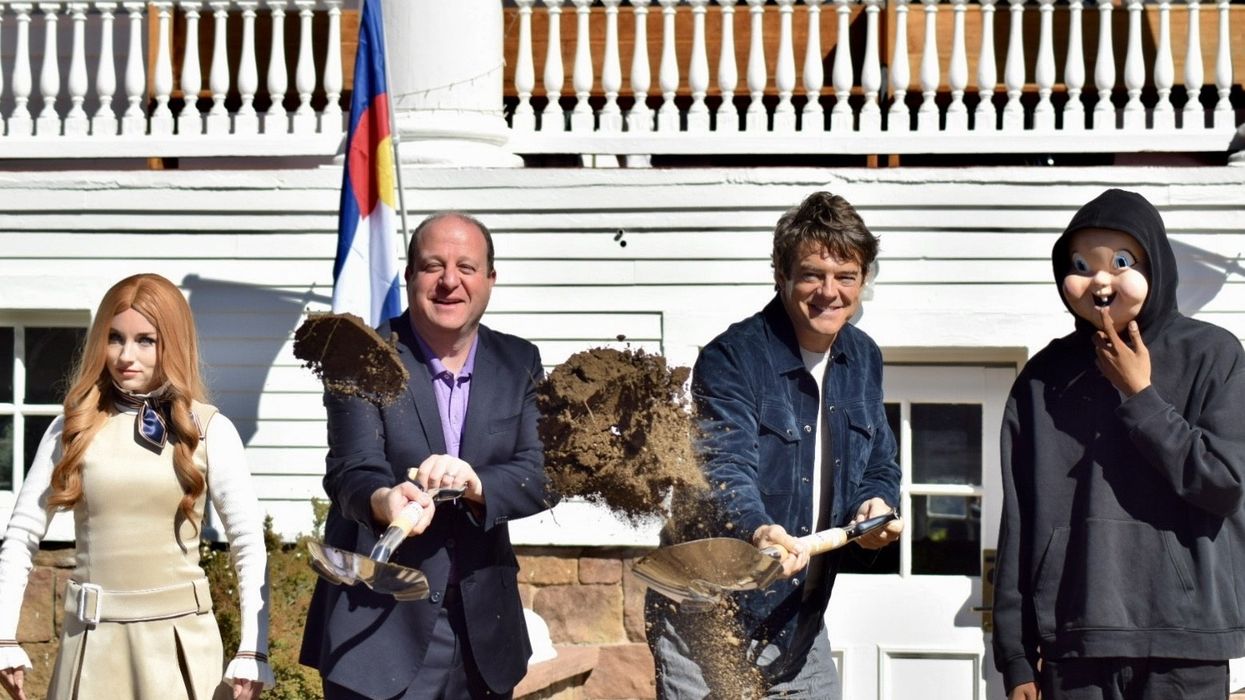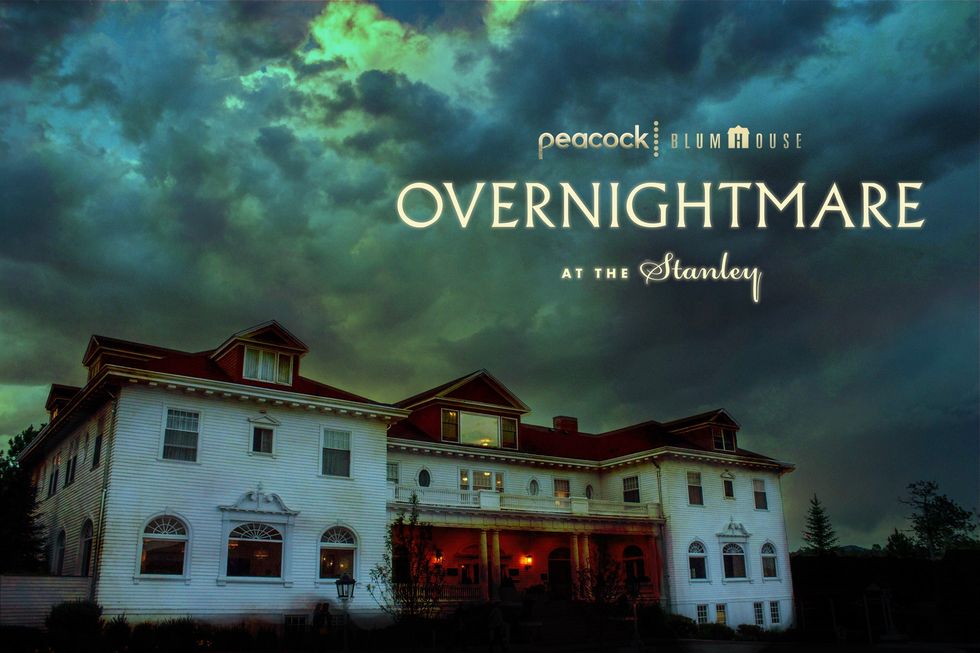Barbican Immersive, the touring exhibition arm of London’s iconic cultural hub, The Barbican and a leading developer of immersive exhibitions, is celebrating the successful tours of three of its shows, AI: More Than Human, Asian Comics: Evolution of an Art Form, and Our Time on Earth across North America.
The organisation presents a variety of major shows that are available as touring exhibitions, focused on contemporary culture, innovative technologies, and digital creativity. These immersive and experiential shows tour globally, bringing the unique perspective of The Barbican to audiences worldwide.
AI: More Than Human at Frost Science Museum
AI: More Than Human presents a clear and engaging examination of the relationship between humans and technology, highlighting the increasing presence of AI across various sectors. It opened at the Frost Science Museum in Miami, Florida, US, on 31 May, and has already received a positive public response.
In just the first week, the exhibition welcomed over 10,000 visitors, and by the end of June, more than 50,000 people had experienced the show. This strong public engagement underscores the urgent relevance of the topic and the exhibition’s broad appeal across various age groups and interests.
Designed as an interactive, accessible, and visually dynamic experience, the exhibition invites visitors to explore how artificial intelligence is shaping the world around us — from science and creativity to ethics and daily life.
The exhibition was named as one of the 'best art exhibitions in Miami to see right now' by Secret Miami.
Asian Comics: Evolution of an Art Form at the Museum of Pop Culture
Asian Comics: Evolution of an Art Form is on a North American tour. Currently, it is on display at the Museum of Pop Culture (MoPOP) in Seattle, Washington, US, until 4 January 2026, and has already attracted over 35,000 visitors in the first three months alone.
Feedback collected by MoPOP indicates that the show has been resonating with visitors, with families sharing stories of discovering new aspects of their heritage together, and teen visitors posting TikToks saying they'd “never seen their culture treated this seriously in a museum.”
One visitor wrote on the comment wall: “I thought I was just here for the Sailor Moon nostalgia… but I walked away feeling really seen. Thank you.”
One guest said:
“And then, the Asian comics exhibit? Absolutely delightful! The interactive elements allowing you to manipulate a transformer were a brilliant touch, and I found myself completely lost in the stories. It was so hard to tear myself away from reading every single panel.”
Another commented: “This isn’t just a comics show—it’s a space for cultural reflection, shared memory, and artistic imagination.”
Press coverage reflects this, too. Northwest Asian Weekly said: "Manga from Japan and webtoons from Korea and elsewhere are the most familiar here in the West, but I hope this exhibition can lead to many more Asian comics being translated and enjoyed around the world.”
Before MOPOP, the exhibition was hosted by the Bowers Museum in Santa Ana, California, US, where it represented a strategic shift in their target audience, from mostly senior visitors (about 40% typically) to young audiences and adults (93% in this show).
Our Time on Earth at Peabody Essex Museum
So far in its global tour, Our Time on Earth has welcomed 204,295 visitors.
At the Peabody Essex Museum in Salem, Massachusetts, the exhibition was visited by 46,459 visitors, following its previous appearances at the Barbican Centre in London, UK, where it welcomed 58,559 audience members, and at the Musée de la Civilisation (MCQ) in Quebec City, Canada, where it drew 99,274 visitors.
Both at the Barbican and MCQ, Our Time on Earth was successful in bringing younger audiences and first-time visitors to the venues. At the Barbican, 19% of attendees were aged 25 or under, and 55% were under 45—an increase from 33% for other Barbican exhibitions. In MCQ, tourists to Quebec and first-time visitors represented 36% and 47% respectively, an increase from 33% and 43%.
MCQ also collected some empirical information on the visitor experiences. Following their visit, 47% stated that they have a better understanding of climate issues, 43% discovered new solutions to take care of the environment, 30% intend on changing some habits and behaviours related to environmental issues, and 22% say they see the future more positively
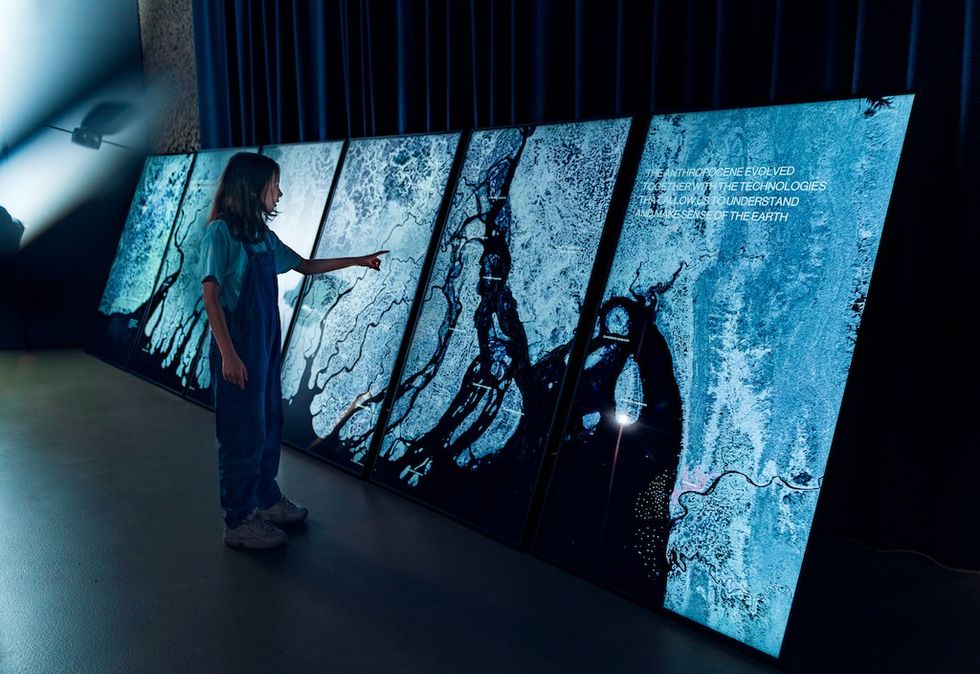
Feedback stated that the exhibition was entertaining for all age groups, and guests appreciated the solution-oriented approach. They also found it engaging and said it stimulated reflection and conversation, rather than being too scholarly or negative.
Earlier this year, we spoke to the team behind Barbican Immersive's latest touring exhibition, Feel the Sound: An exhibition experience on a different frequency. This examines how sounds shape emotions, memories, and even physical sensations, and invites guests to explore what it means to listen with their entire body.
Charlotte Coates is blooloop's editor. She is from Brighton, UK and previously worked as a librarian. She has a strong interest in arts, culture and information and graduated from the University of Sussex with a degree in English Literature. Charlotte can usually be found either with her head in a book or planning her next travel adventure.
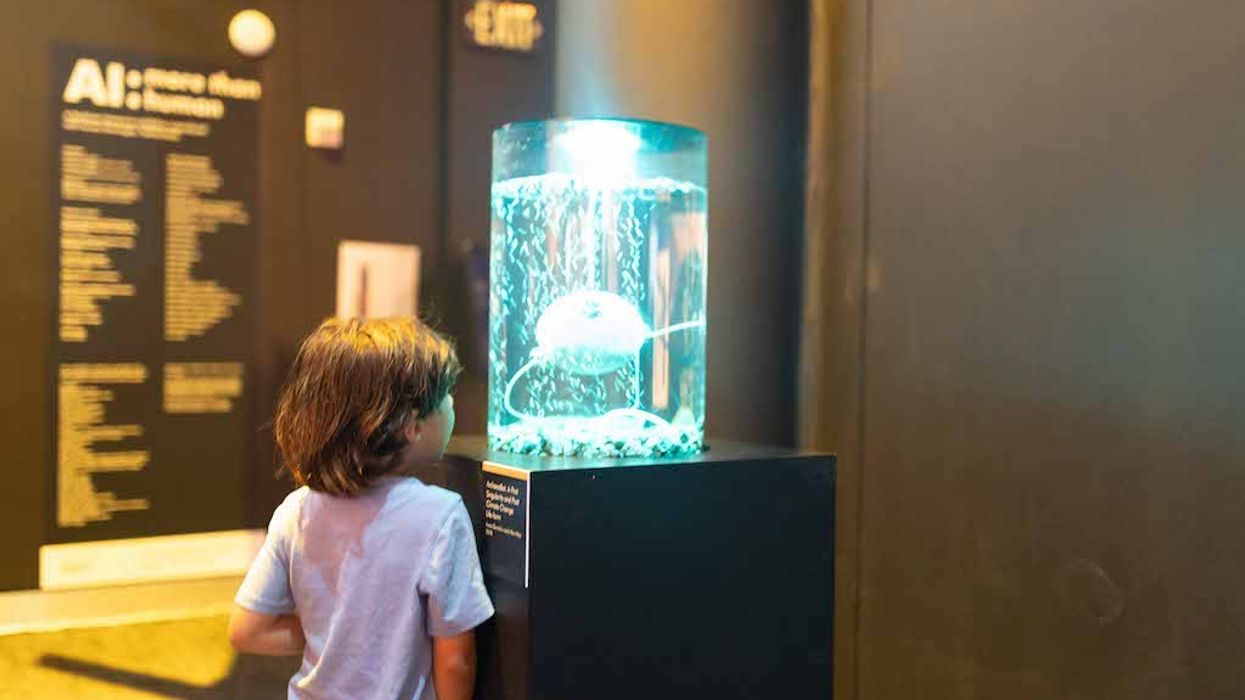



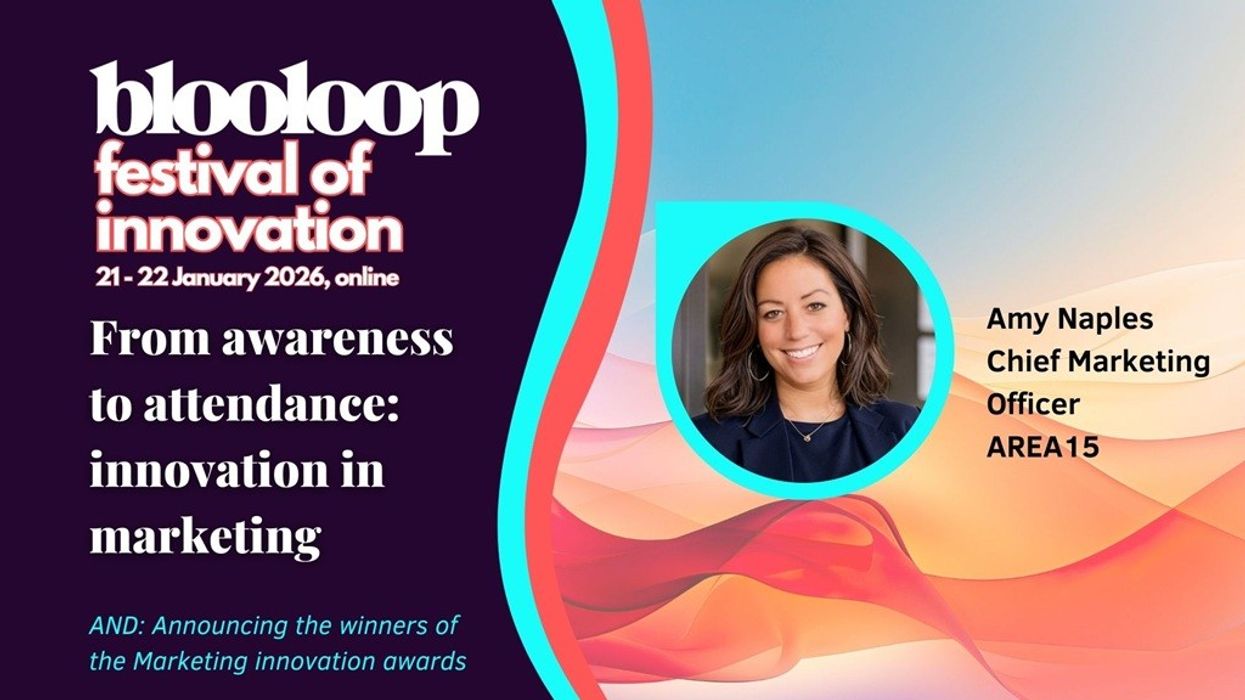
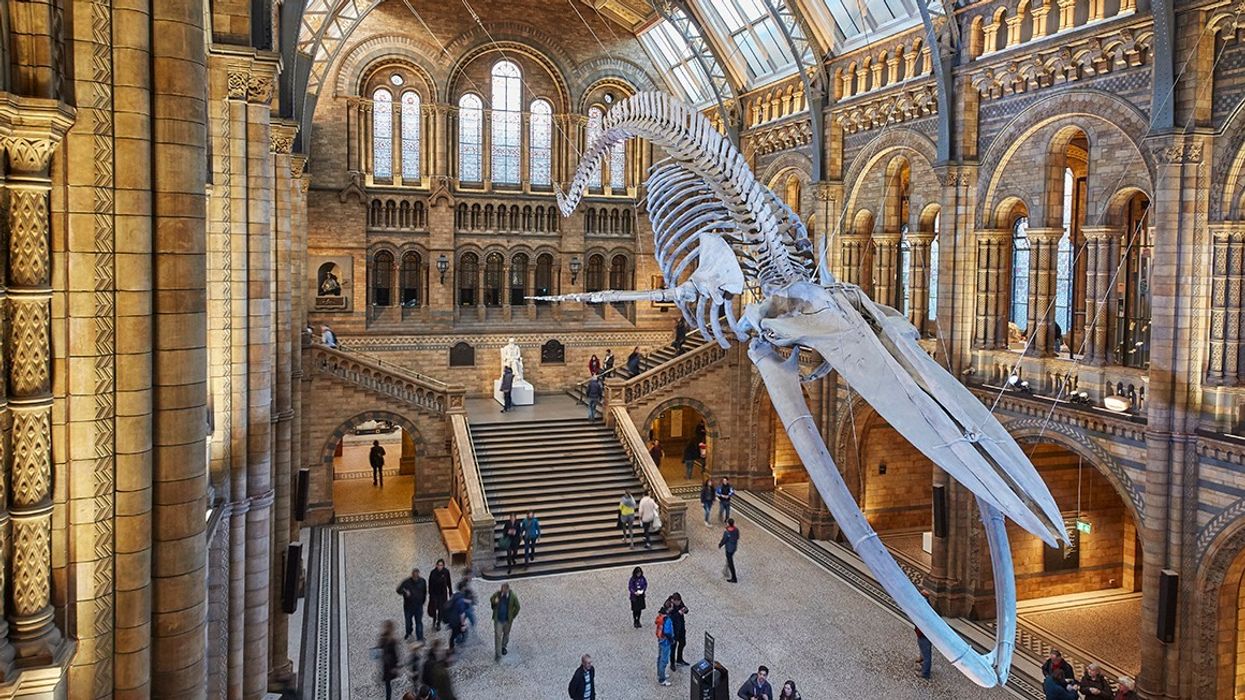
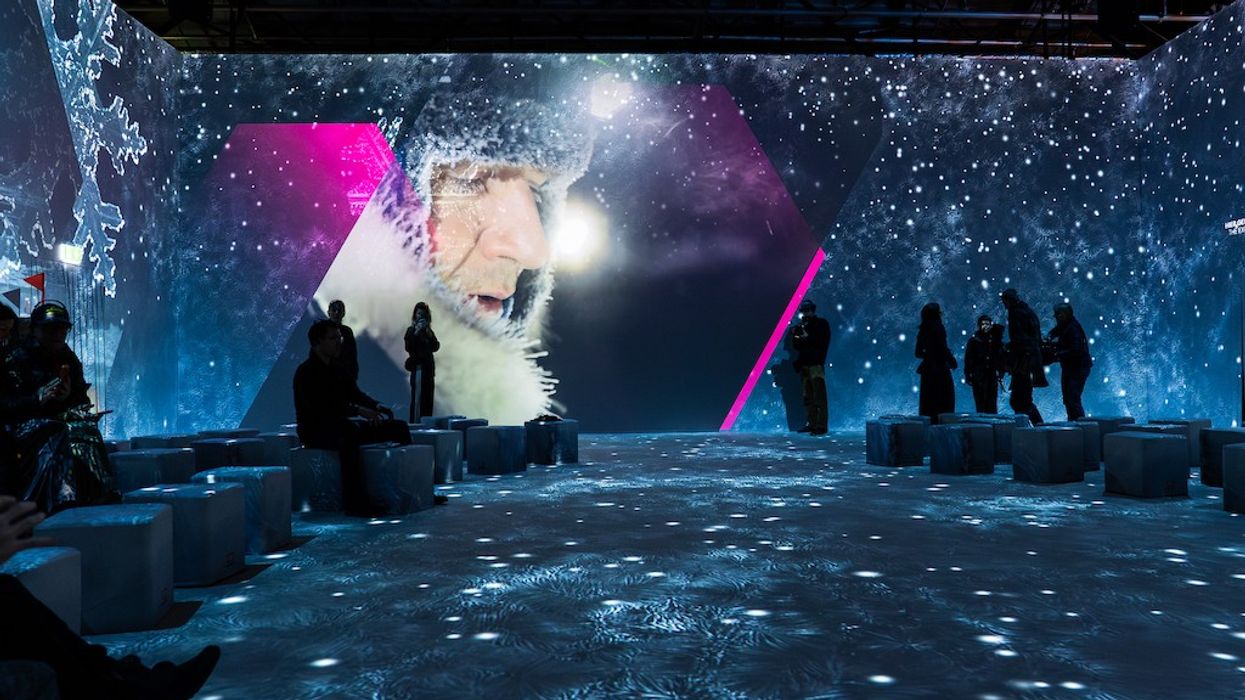
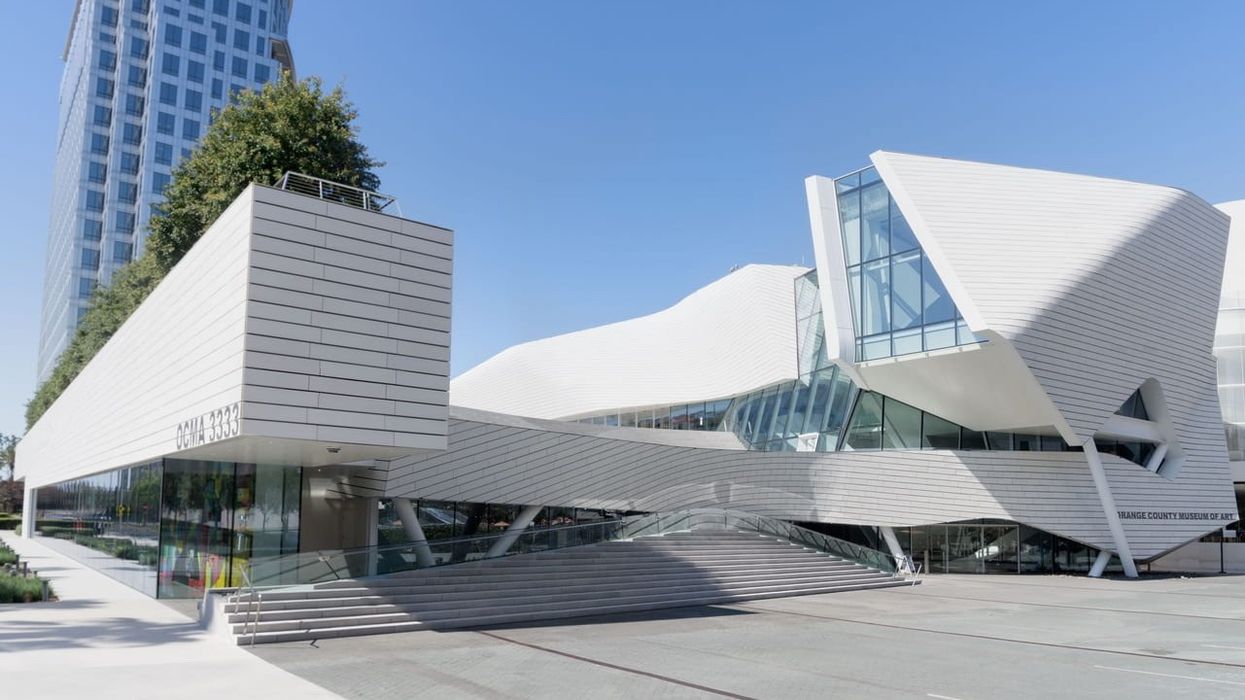
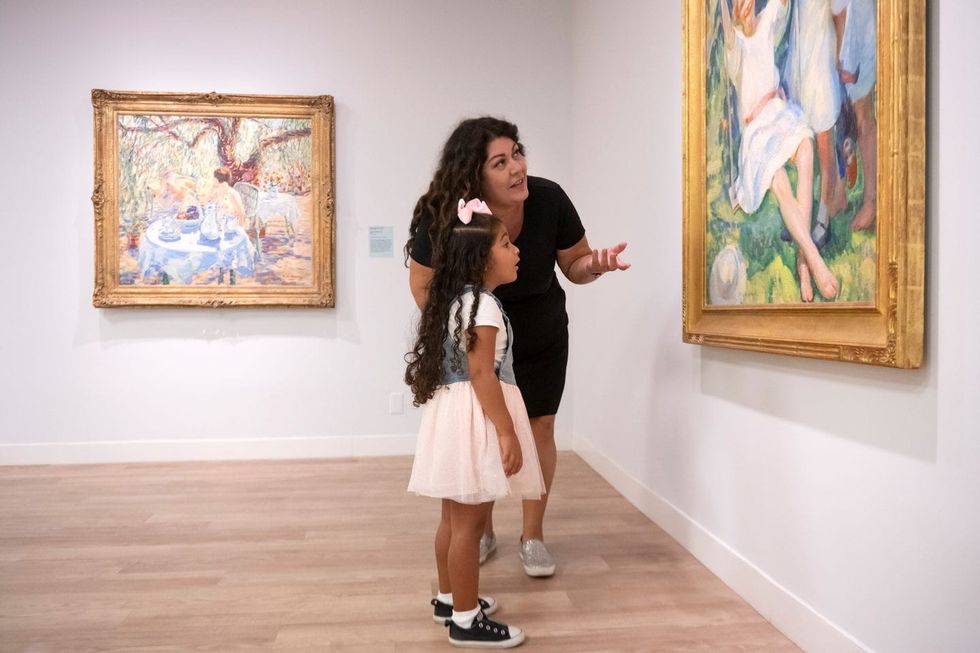
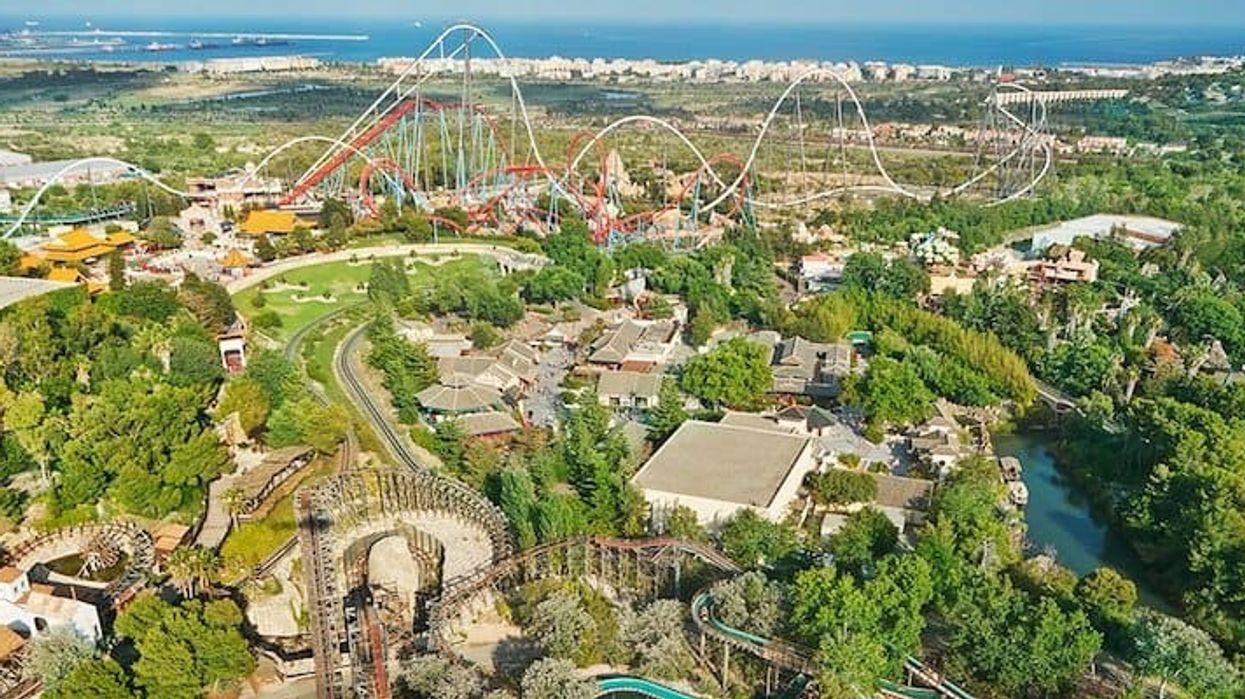

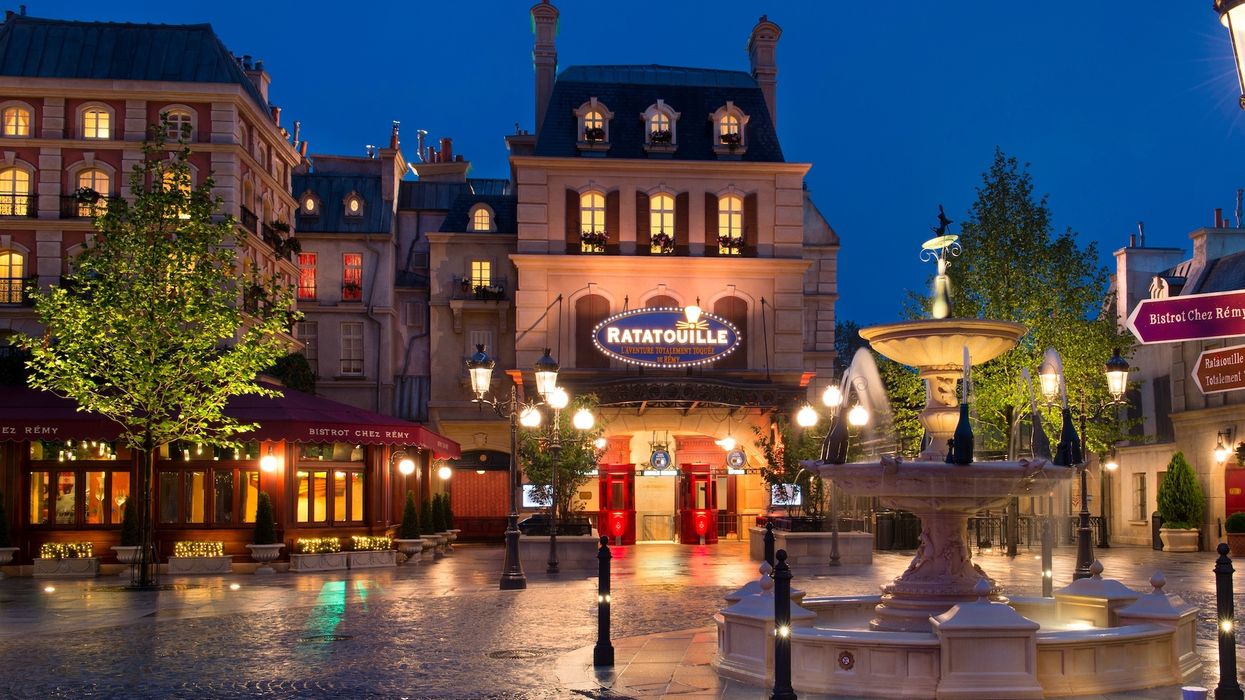
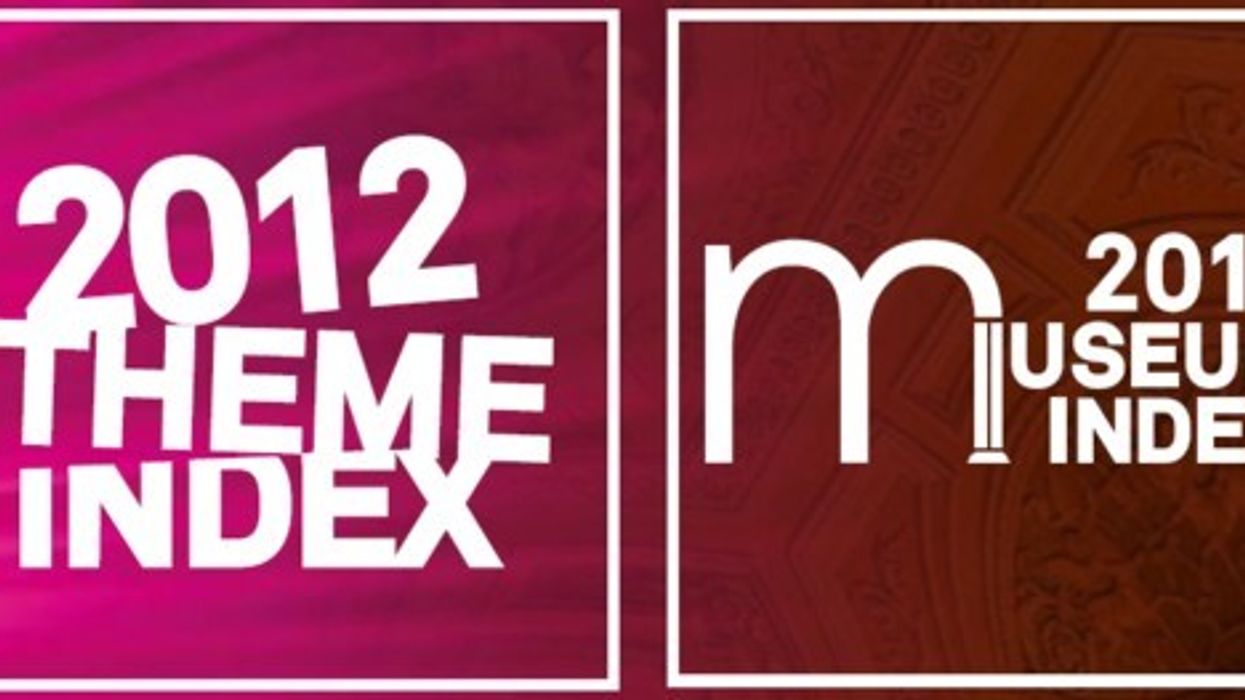


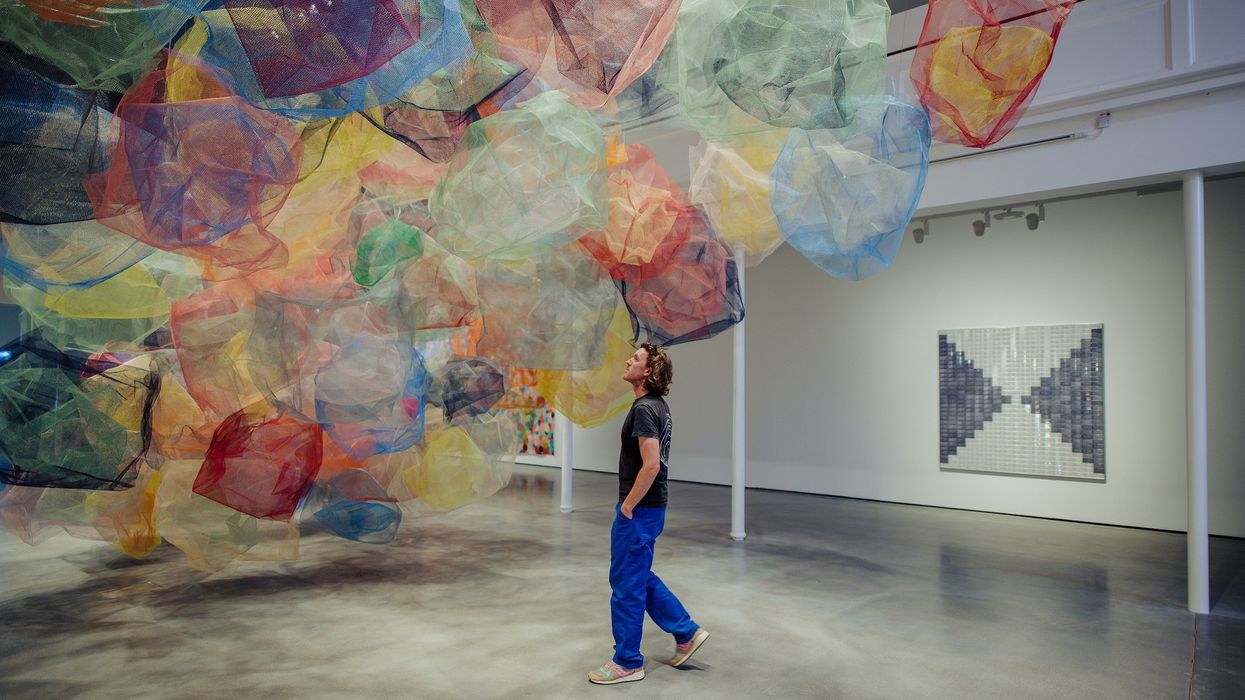
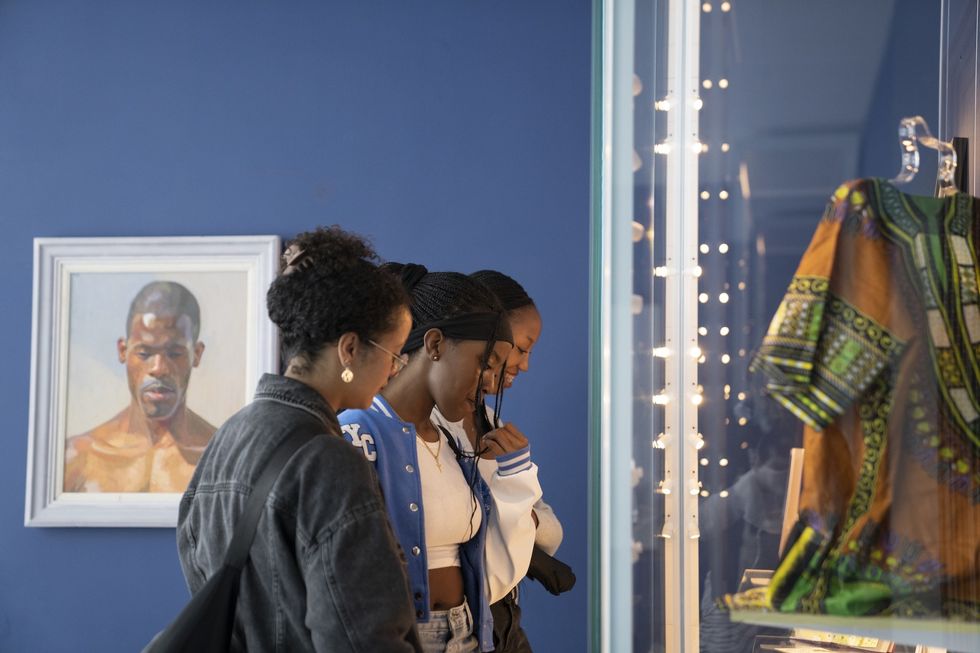
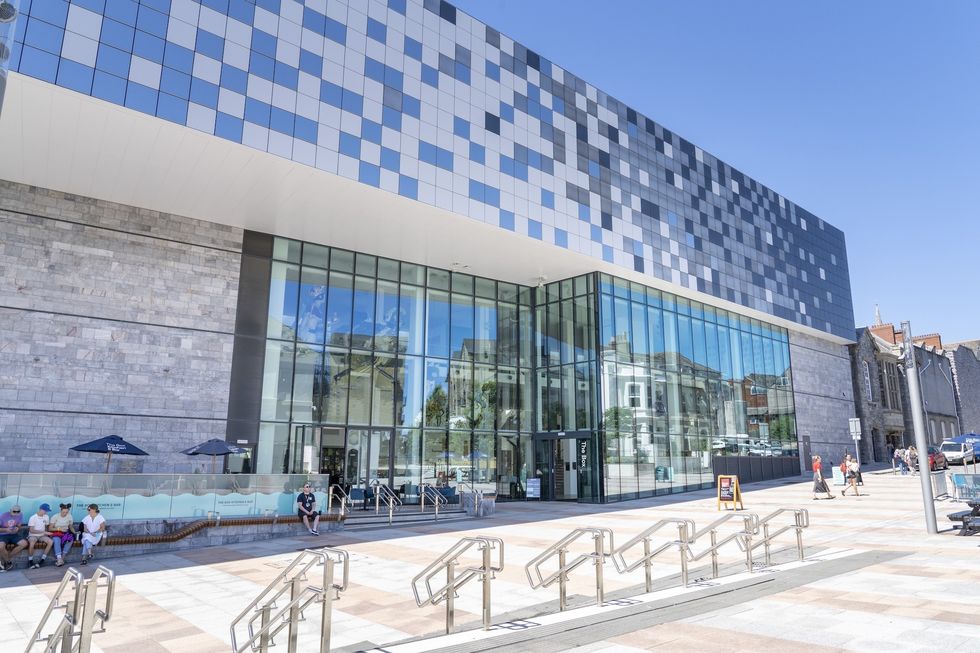
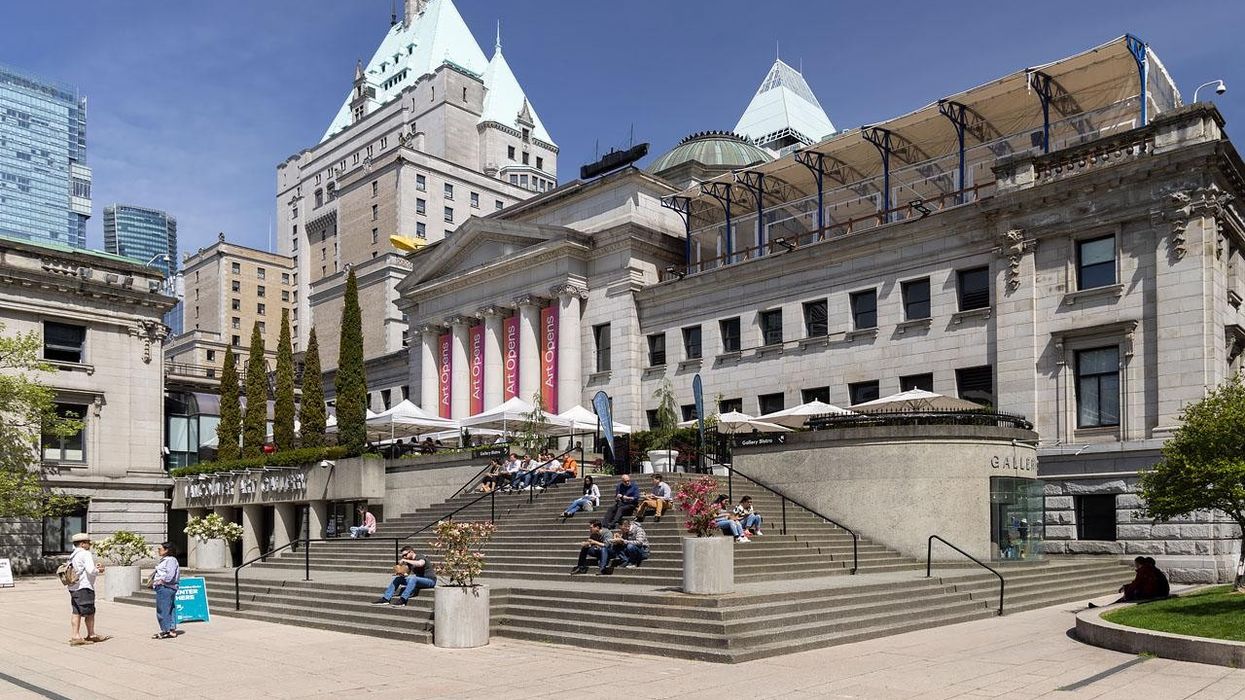
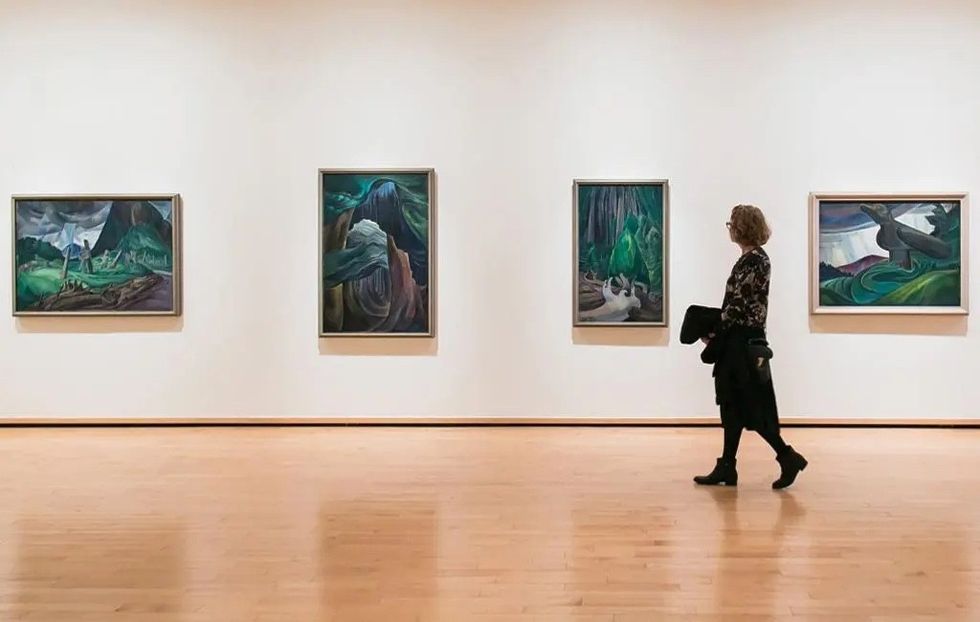
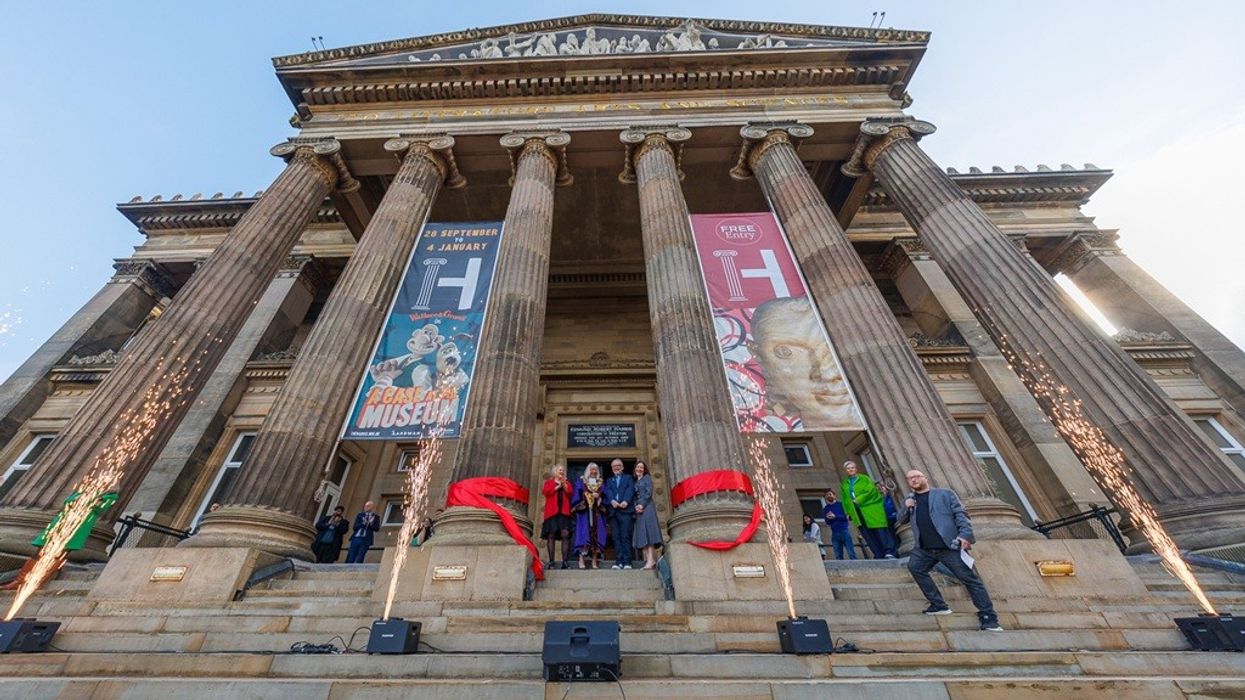
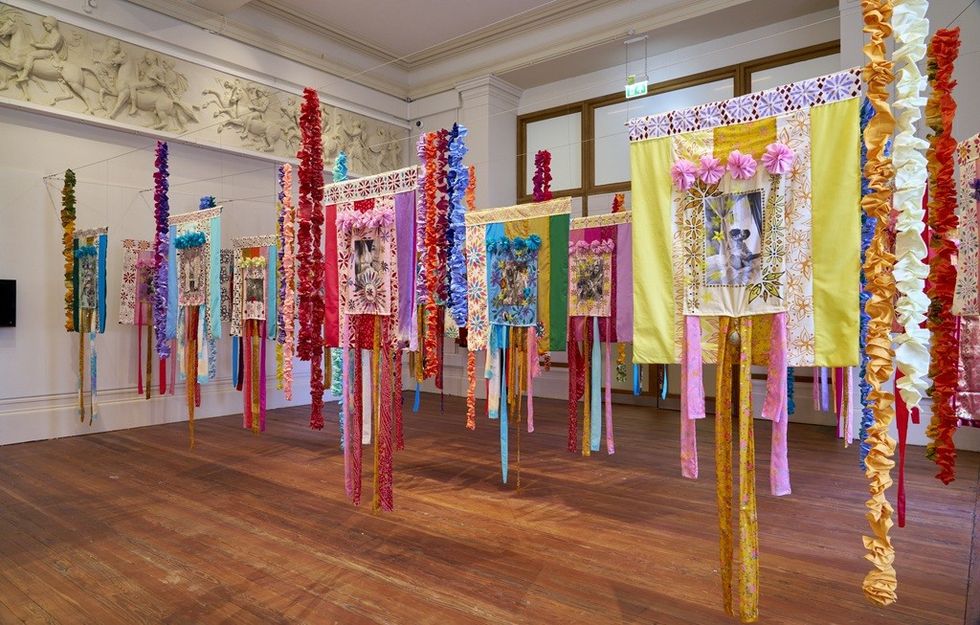 Courtesy Simon Critchley Photography
Courtesy Simon Critchley Photography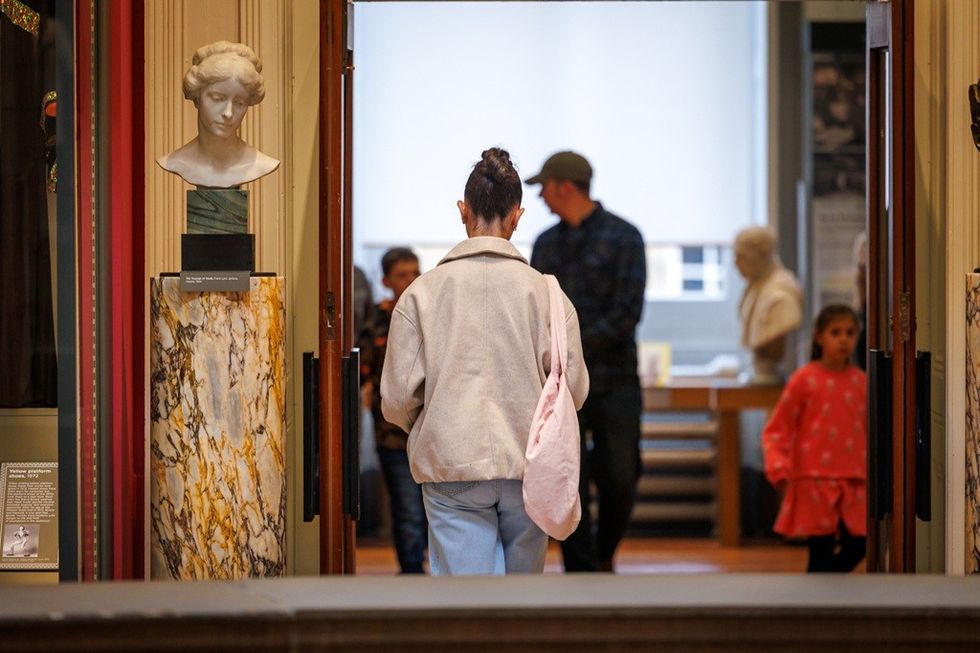 Courtesy Michael Porter Photography
Courtesy Michael Porter Photography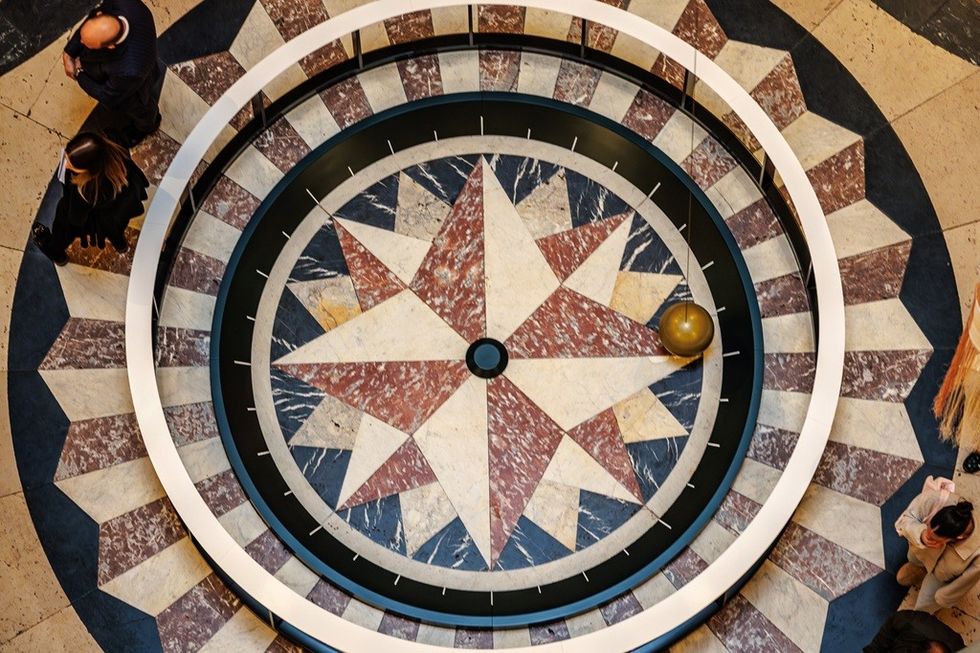 Courtesy Michael Porter Photography
Courtesy Michael Porter Photography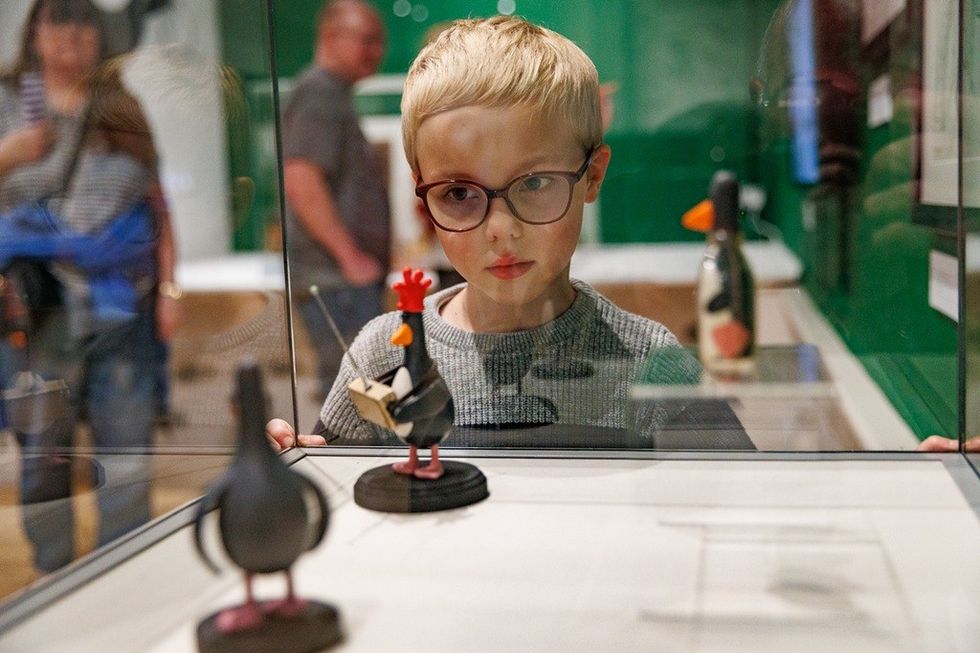 Courtesy Michael Porter Photography
Courtesy Michael Porter Photography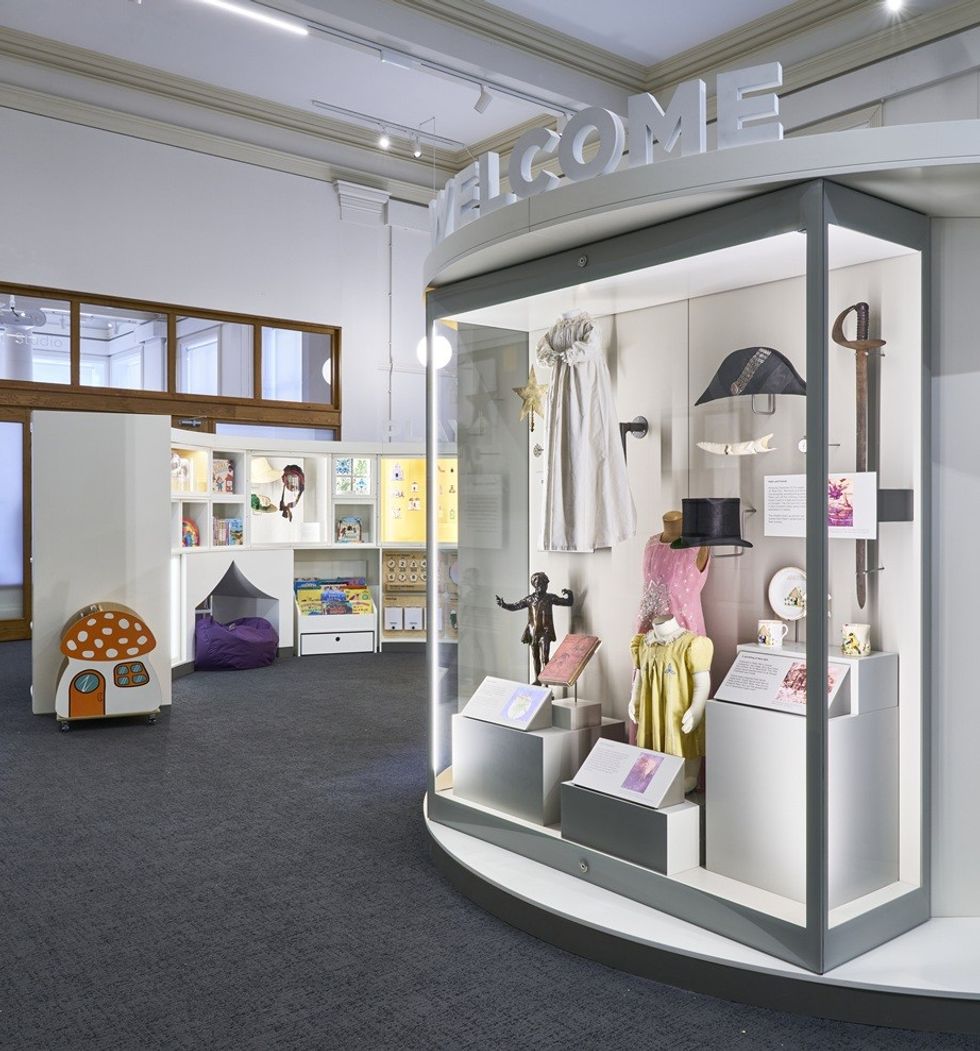 Courtesy Simon Critchley Photography
Courtesy Simon Critchley Photography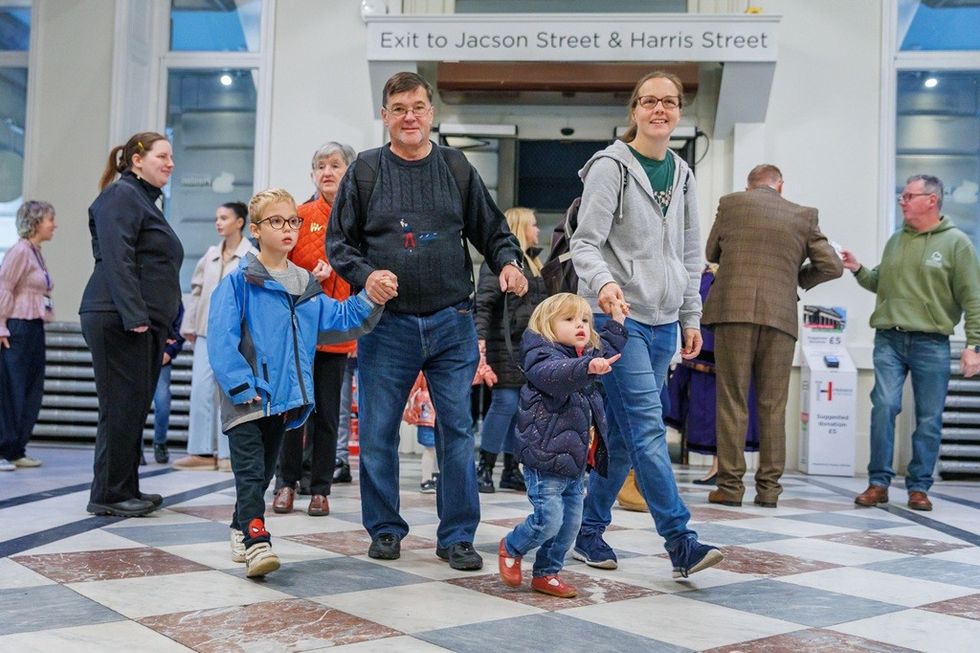 Courtesy Michael Porter Photography
Courtesy Michael Porter Photography